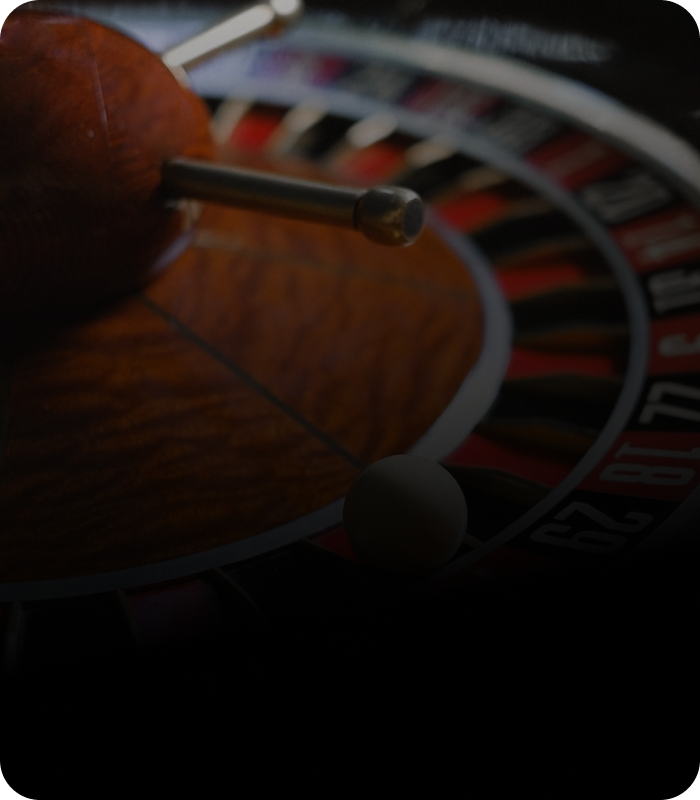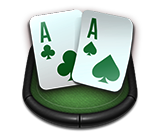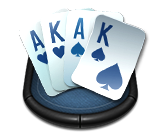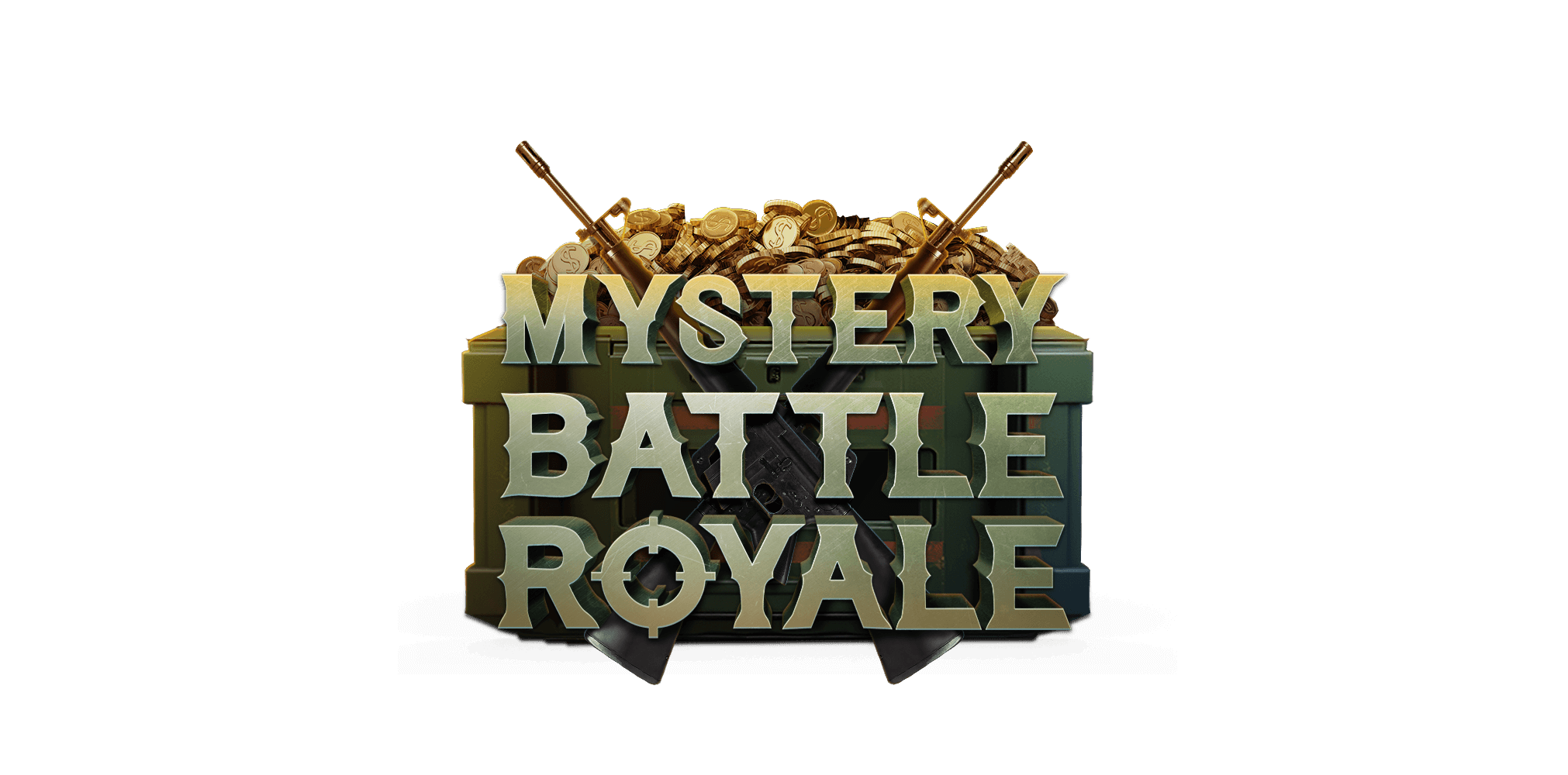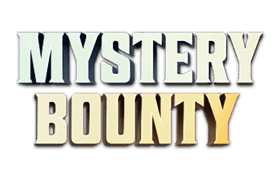
As fun as poker is to play, it’s an incredibly complicated game. There’s so much strategy that’s required to be a good poker player that it can be overwhelming at times - even for someone who’s played poker for years.
To make things simple, we’ve prepared some quick and easy poker tips that you can implement into your routine right now. Whether or not you just started to play online poker or you’ve got years under your belt, make sure you follow these tips and you’ll start to see positive results almost immediately. Check out our list of top online poker tips and tricks below.
#1 Don’t Limp Preflop
Too many players limp into the pot with a weak hand, “trying to see a flop for cheap and hit a monster.” Sorry to be the one to break it to you, but you’re not going to hit a monster often enough to make it worth limping in. In the long run, you’ll be losing much more money from the times you miss to compensate for when you make a big hand.
Even if you make a big hand, you’re relying on your opponent to make a hand that will call you down - which won’t happen very often. In the unlikely scenario that it does happen, the pot will be tiny because no one raised pre-flop, so even betting for value over three streets won’t result in a massive pot. Do yourself a favour, save the money, and just fold pre.
#2 3-Bet a Wider Range Preflop
Most players are far too passive preflop and will favour limping and calling over raising and 3-betting. By 3-betting preflop, you give yourself a chance to win the hand there and then. Even if your opponent calls, you have the betting lead going into the flop and are in a commanding position to win the pot if the board comes out in your favour. If you’re an aggressive 3-bettor, people will be more reluctant to raise preflop if you’re still to waiting in line to act, giving you more opportunities to steal the blinds.
You should 3-bet much wider than you think you should, with hands like middling pairs (77, 88, 99 etc.), suited connectors, and suited broadway hands being more profitable to 3-bet than call in most situations. There are so many positives to 3-betting that once you start, you’ll wonder why you never did it in the first place.
#3 Stop Calling in the Small Blind
 This one is more for the cash game players, but it also applies to tournament players to a lesser extent. I know you’re getting a discount, but even the discounted price isn’t enough justification to call with junk. Even decent hands like small pairs and suited connectors can become unprofitable calls.
This one is more for the cash game players, but it also applies to tournament players to a lesser extent. I know you’re getting a discount, but even the discounted price isn’t enough justification to call with junk. Even decent hands like small pairs and suited connectors can become unprofitable calls.
When you play a hand from the small blind, you’re forced to play out of position postflop without the betting lead in a raked pot. Given this set of unfavourable circumstances, not many hands will be profitable in the long run. However, if you 3-bet, you give yourself a chance to win the pot preflop, and if you do get called, you at least have the betting lead.
#4 Don’t Slowplay A Strong Hand Preflop
You may think you’re being deceptive by flatting your kings or aces preflop and that your opponent will never expect you to show up with a hand this strong at showdown - and you’re right. However, by slowplaying these hands, you’re often costing yourself more money than if you had just re-raised preflop.
Most players just don’t bluff enough postflop or call down enough with weaker hands across three streets - at least not enough of the time that re-raising becomes the lesser option. Unless you have a solid read about how your opponent always triple barrel bluffs postflop or will never fold top pair, there is always more money to be made by fast-playing and re-raising your strong hands preflop.
#5 Don’t C-Bet 100% of Your Hands
It’s not 2005 anymore; c-betting with 100% of your hands after raising preflop is no longer a profitable strategy. Too many players know that you’ll have missed the board and will be c-betting with air, particularly if you do it 100% of the time. If your opponent pays attention, they will exploit you if you bet on every flop you see.
You should tailor your c-betting strategy depending on the board texture and how it interacts with your range and your opponent's range. According to solvers, most situations have a recommended c-bet percentage of around 50%, with only a few exceptions going higher than that, so that’s the percentage you should aim for most of the time.
#6 Fold Rivers
If you’re playing in a low-stakes poker game, the majority of players you’ll come across don’t bluff anywhere near the correct amount. They play timidly, betting whenever they have a good hand and only occasionally making a poker bluff when they have complete air. Part of the reason for this is that bluffing is scary, as you know that when you’re called, there’s no way you can win the pot.
Nowhere is it scarier to bluff than the river, as the pots are often at their biggest, and there are no more cards to come, so their hand is guaranteed to lose if called. This leads to many players drastically under-bluffing the river, so if you’re facing a river bet with a thin bluff-catcher, make the easy laydown and live to fight another day.
#7 Bully The Weak Players

No, I don’t mean to make fun of them for what they’re wearing; I mean to bully them on the table. You’ll face many weak players at the poker table, and if you know how to exploit them, you’ll see your win rate skyrocket. These players don’t like facing strong bets with weak hands and require a very strong hand to make it to the showdown. They’re the kind of player that will fold the top pair to two bets because they’re scared you’ve got aces.
While that’s an example of an incredibly weak player, you’ll see a lot of similar types of players, all of whom can be bullied by making big bets postflop. Against these players, you have carte blanche to go nuts bluffing any hand that doesn’t have a showdown, as these players will fold way more often than they should by the river.
#8 Check Raise More From The Big Blind
Playing from the big blind is hard to do. You’re given a great discount preflop, and you’re often closing the action, so it becomes profitable to call with a wide range of hands. However, after you’ve called with that wide range of hands, you’re left wondering how you should play them postflop. Many players will play an aggressive c-betting strategy, so it’s easy to end up just check-folding the majority of hands you play.
While it’s easy to fall into that trap, it’s not a winning strategy, so you need to pull yourself out of it. Use hands with backdoor possibilities and overcards as check-raises, and put the pressure back on your opponent. If you can spot players who are c-betting every single time they raise preflop, then your aggressive check-raising strategy will be like printing money!
#9 Let The Maniacs Bluff
If you’ve got a player at your table playing nearly every hand preflop and blasting off postflop, then you’ve got your own personal ATM. These players are sitting there waiting to hand you their money; all you need to do is let them. However, many players make the mistake of forcibly trying to take it from them and end up scaring them off.
Let me show you what I mean. If the maniac at your table is playing 80% of their starting hands preflop, they likely have absolutely nothing on the flop. If you called their preflop raise with a pocket pair and flopped a set, the last thing you want to do is make a bet or raise. If you make an aggressive action, they’ll likely just fold their garbage hand and wait for the next one. Instead, if you let them bluff into you, you can get three streets of value from complete air. And, if you’re lucky, they might make a hand that can call your shove on the river!
#10 Don’t Play Weak Draws
 Hands like straights and flushes are strong hands to make in Texas Hold’em, but players lose a lot of money making second-best straights and second-best flushes. On boards where there are a lot of draws available, drawing to the weakest of those draws is often a losing proposition. There’s a reason they call the low end of the straight the “dummy end”, and it’s because you have to be a dummy to draw to it!
Hands like straights and flushes are strong hands to make in Texas Hold’em, but players lose a lot of money making second-best straights and second-best flushes. On boards where there are a lot of draws available, drawing to the weakest of those draws is often a losing proposition. There’s a reason they call the low end of the straight the “dummy end”, and it’s because you have to be a dummy to draw to it!
The problem is once you make these hands, they become very hard to fold, so you end up losing a much bigger pot than you anticipated. Drawing to these kinds of hands is also not advisable on paired boards, as there’s the possibility that one of your opponents already has a full house, making your hand dead before you’ve even made your draw!
That wraps up our cheat sheet on the basics of poker. As long as you follow these rules, it’s hard to go too far wrong. However, even if you do follow these rules to the letter, it’s not a guarantee you’ll win. Losing is just a part of the game, and you need to get used to it if you want to be a serious poker player.
If you’re looking for even more basic content, such as the hands-to-play preflop or the order of the hand rankings, check out our preflop and hand rankings articles!

.webp)









